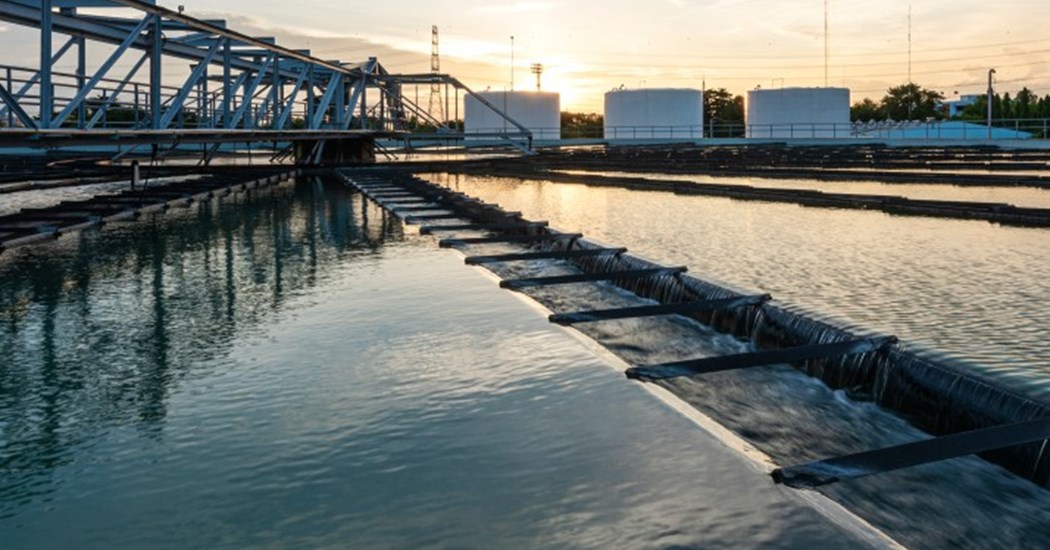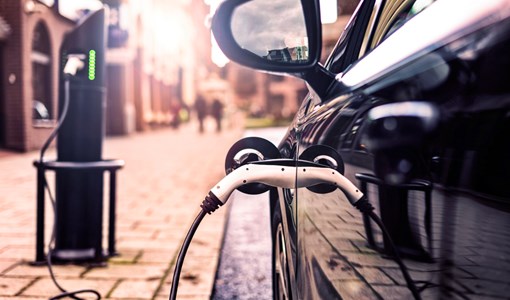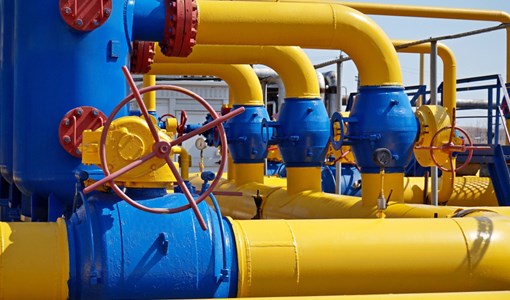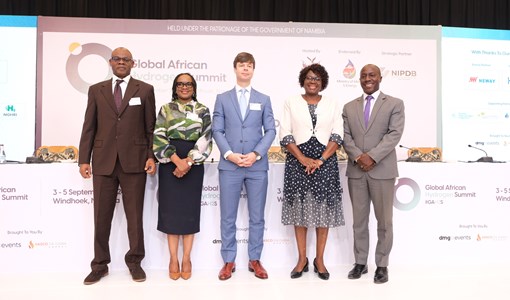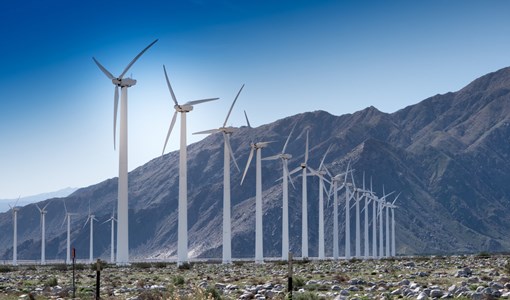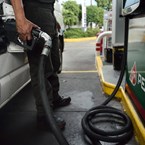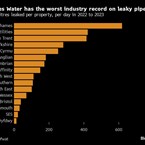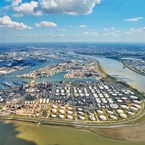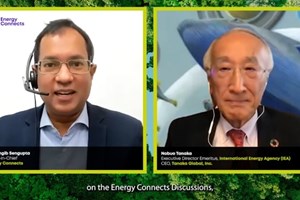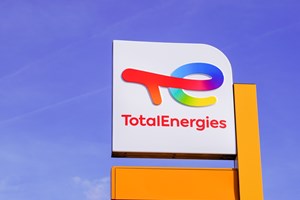Optimising water for hydrogen’s growth can speed up decarbonisation of the industry
Alongside energy and food our societies need water to survive and prosper. However, all three commodities present their own challenges to geographies, populations, and to industry.
As World Water Day – an annual UN event that draws attention to sustainable water management – returns this Friday, those working within the energy business, alongside other thirsty sectors, will be examining better utilisation of this increasingly precious resource.
New fuels still require water
As the planet’s decarbonisation mission gathers momentum, hydrogen is the buzzword of cleaner energy aspirations – but the question of hydrogen’s water implications also looms large.
Like any emerging technology there are myths and truths concerning scaled green hydrogen and the significant freshwater volumes that intense production will swallow. Reality suggests green hydrogen often consumes less water than fossil fuel-based hydrogen to produce equivalent energy levels, according to non-profit sustainability organisation RMI.
It says, as per chemistry fundamentals, 9L of water is generally required to produce 1Kg of hydrogen via electrolysis. That figure doesn’t include the volume required for processes such as purification and cooling, or the additional water and energy demands of grey and blue hydrogen.
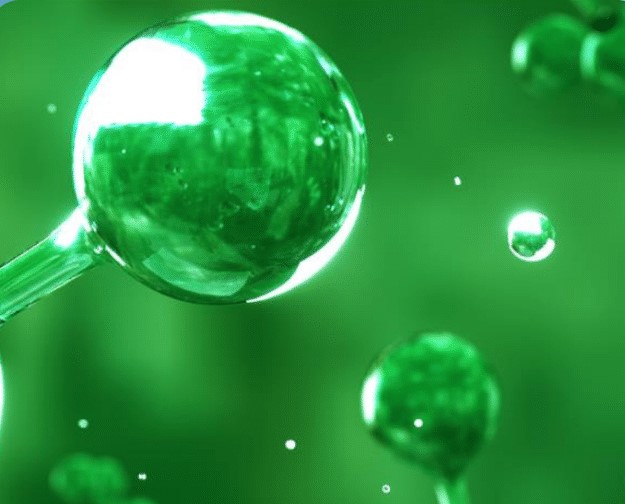
Water challenges and prospects
So, much like other energy production, green hydrogen developers must consider efficient processes and examine local water availability. Even in shy supply locations, alternative sources, including treated wastewater or desalinated sea water, can lessen freshwater dependence. Either way, this conundrum highlights energy’s relationship with water, no matter the flavour or colour of power produced.
Water can, of course, be the source of energy itself.
At least 150 countries produce hydroelectricity, although around 50% of all hydro-power emirates from just four nations, namely Brazil, Canada, the US and China; the latter being by far the largest producer, according to WorldAtlas.
US investment in water technologies
Last year’s World Water Day saw the US Department of Energy recognise the water-to-energy dynamic when it launched a $2.3m prize to advance new technologies to harness power from ocean waves.
The DOE acknowledged that marine energy and hydropower are “versatile, reliable sources of renewable energy” that will play key roles in meeting Biden administration goals of a carbon-free electricity sector by 2035, and a net-zero-emissions economy by 2050.
The IEA’s forecast: then and now
But what of current, major energy sources and processes that administer them?
Ten years ago, the International Energy Agency (IEA) revealed the energy sector already accounted for about 15% of global water use. It cited water as “critical for electricity generation”, for the extraction, transporting and processing of fossil fuels, and irrigation of crops that feed biofuels.
At the time, IEA Executive Director Maria van der Hoeven described water availability as “a growing concern for energy” and said IEA analysis could help countries “identify ways to use water most effectively and efficiently in energy production and consumption”.
An IEA commentary exactly one year ago claimed the global energy system used around 370 billion cubic metres (bcm) of freshwater in 2021 – roughly 10% of total global freshwater withdrawals. The report, taking into account energy transition measures implemented or under development, saw energy’s water needs continuing to rise to nearly 400 bcm by 2030.
IEA’s more ambitious Net Zero Emissions by 2050 Scenario has water withdrawals by the energy sector declining by almost 20 bcm by 2030. Like any responsible business, energy players are seeking to improve operations, including decarbonising and reducing water demand.
How partnerships could be key
In the UAE - an arid country with water scarcity challenges - public-private partnerships (PPP) are being touted as a route to water sustainability by water pump company Grundfos.
Its Regional Sales Director, IMEA, Michael Nielson, told Energy Connects: “The imperative for sustainable water management solutions has never been more pressing…it is important to strategically join forces to solve this problem.”
While the Emirates has its ambitious UAE Water Security Strategy 2036 and other “government-led catalysts to supporting sustainable water practices”, Nielson points to a focus on decarbonising the water sector, as discussed at COP28.
“There’s a compelling argument for the power of PPPs to help lead the charge in water sustainability efforts,” he said. “PPPs offer a bridge between the private sector’s drive for efficiency and the public sector’s commitment to the common good, particularly in applying digital technologies to solve water scarcity.
“Such partnerships can catalyse investment in innovation, sharing risks, and benefits alike. They also hold the promise of setting stringent regulatory standards and establishing best practices for water efficiency, propelling the industry toward solutions that not only meet but exceed existing benchmarks.”
No energy process can be water-perfect
Back with hydrogen, RMI says that put in context with other large-scale water consuming processes today, producing the same amount of energy green hydrogen consumes less than half the water of typical coal or nuclear electricity methods. “Producing the amount of hydrogen that the energy transition needs will require a lot of water, but in the context of how much water we already use, the amount will be insubstantial,” it said.
KEEPING THE ENERGY INDUSTRY CONNECTED
Subscribe to our newsletter and get the best of Energy Connects directly to your inbox each week.
By subscribing, you agree to the processing of your personal data by dmg events as described in the Privacy Policy.
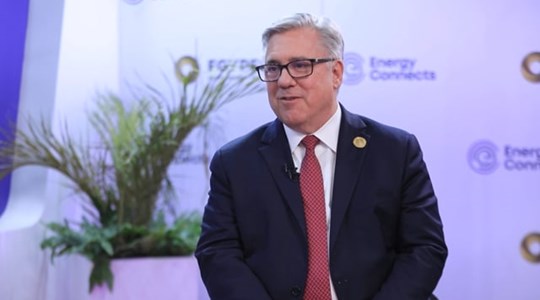
Chevron helping drive Egypt’s journey to become Africa’s energy powerhouse
Mar 11, 2024
Energy Workforce helps bridge the gender gap in the industry
Mar 08, 2024
EGYPES Climatech champion on a mission to combat climate change
Mar 04, 2024
Fertiglobe’s sustainability journey
Feb 29, 2024
P&O Maritime Logistics pushing for greater decarbonisation
Feb 27, 2024
India’s energy sector presents lucrative opportunities for global companies
Jan 31, 2024
Oil India charts the course to ambitious energy growth
Jan 25, 2024
Maritime sector is stepping up to the challenges of decarbonisation
Jan 08, 2024
COP28: turning transition challenges into clean energy opportunities
Dec 08, 2023
Why 2030 is a pivotal year in the race to net zero
Oct 26, 2023Partner content

Ebara Elliott Energy offers a range of products for a sustainable energy economy

Essar outlines how its CBM contribution is bolstering for India’s energy landscape

Positioning petrochemicals market in the emerging circular economy

Navigating markets and creating significant regional opportunities with Spectrum



